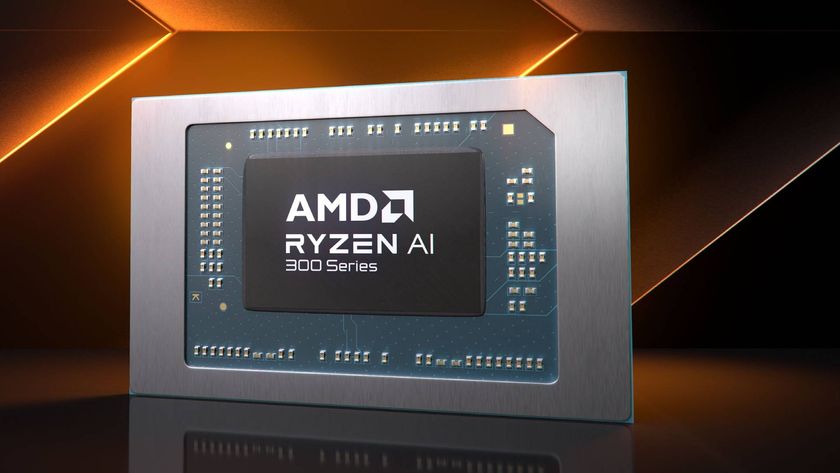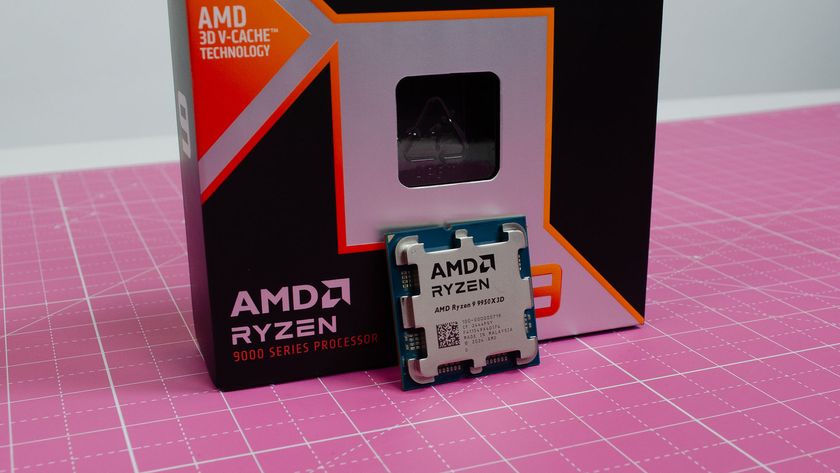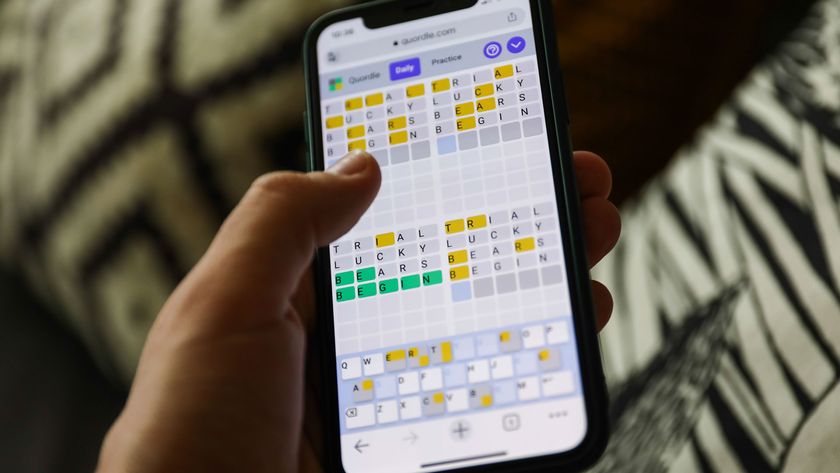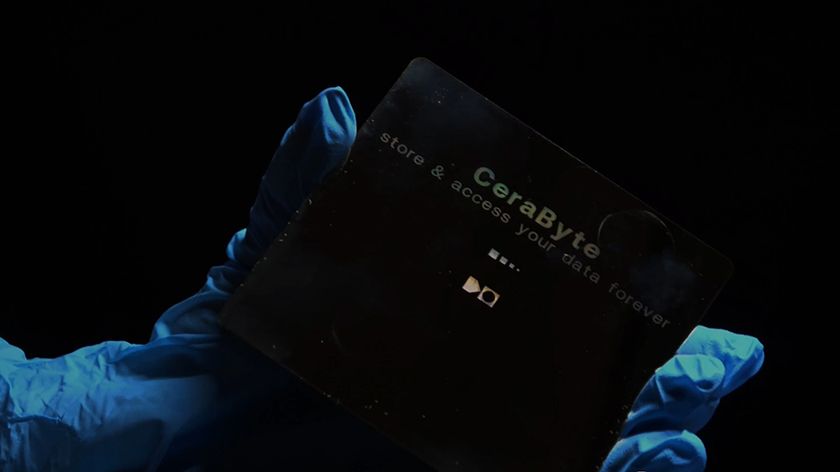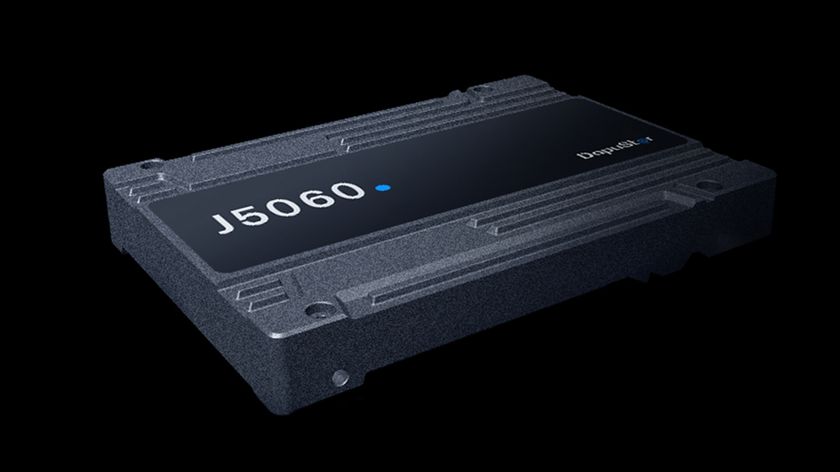Hang on handheld fans, we could be seeing AMD's FSR 4 upscaling on new handhelds after all - if this new RDNA 4 leak is legitimate
There's hope after all...
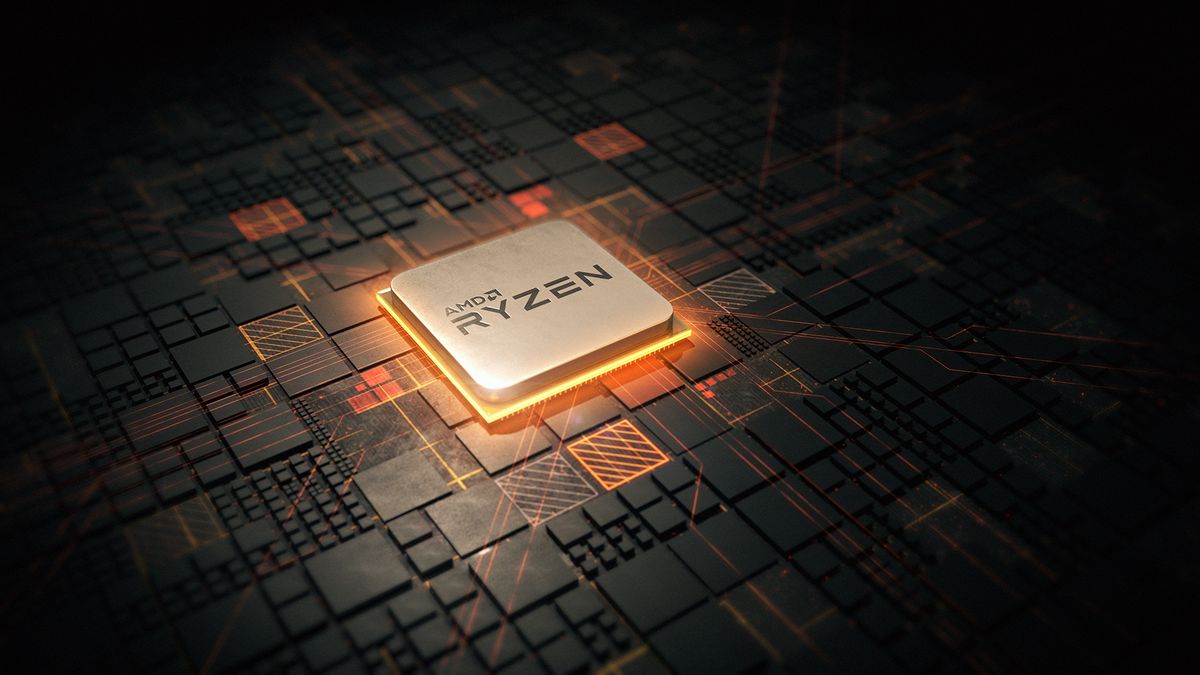
- A reliable leaker revealed a diagram that indicates Medusa Point APUs may be powered by RDNA 4 architecture
- This would mean that FSR 4 can be used on future handheld gaming PCs and lightweight laptops using the processors
- There's also still a chance that FSR 4 could be backported to RDNA 3
AMD's RDNA 4 architecture, used in its latest desktop GPU lineup (the Radeon RX 9070 series), is currently the only way gamers can enjoy the new FSR 4 upscaling method. Unfortunately, AMD has left RDNA 3 GPU users behind for now - however, it's reportedly a different story for Team Red's upcoming lineup of mobile processors.
According to a leaked diagram from MLID (Moore's Law Is Dead), a reputable leaker on YouTube, AMD's Medusa Point APUs will be powered by RDNA 4 architecture. The diagram shows a processor under one of the Medusa Point APUs that supports 'Zen5LP', which are low-power Zen 5 cores, and also includes 'Navi4', which is indeed RDNA 4.
What this means is that any laptops or handheld gaming PCs powered by Medusa Point APUs will have FSR 4 support in games - if the leaked image holds any truth. MLID also speculates that the diagram showcased isn't from the top-configuration chip, but rather from one of the midrange options in the Medusa Point family.
This comes as a surprise since recent rumors have pointed toward new APUs sticking with RDNA 3.5; AMD has previously made it clear it's working to bring FSR 4 to RDNA 3, so even if this isn't true, there's still a chance FSR 4 will make its way to handhelds and laptops eventually. Not only would this benefit Medusa Point (if it does prove to use RDNA 3.5), but it would also help current AMD-powered systems.

FSR 4 is the closest thing we can get to Nvidia's DLSS on handheld gaming PCs
I've thought of this on several occasions and have even asked Nvidia about it before: if DLSS 4 was available on any handheld gaming PC, it would be a literal game-changer. With the new transformer model, performance mode looks better than quality mode in the previous CNN model for DLSS 3.
Why am I mentioning this? It's because AMD's FSR 4 is the closest upscaling method behind DLSS 4 - now, it's not better than Team Green's tech, and is arguably still a stretch away from matching it, but its performance mode has seen similar improvements.
Instead of ghosting and a significant image quality loss, you can still enjoy the benefits of great visuals and performance. It's important to note that there is a slight performance loss in games with FSR 4 over its predecessor, but it's nowhere near significant enough to have an impact on smoothness.
Get daily insight, inspiration and deals in your inbox
Sign up for breaking news, reviews, opinion, top tech deals, and more.
As far as I'm aware, there are no plans for an APU from Nvidia for handheld gaming PCs (I really hope Team Green is just being secretive, though). Nevertheless, if FSR 4 can be backported to RDNA 3 or Medusa Point APUs are powered by RDNA 4, it's going to be magic for games across the board on handhelds - and that's exactly what Team Red needs going up against Intel's Panther Lake lineup.
You may also like...

Isaiah is a Staff Writer for the Computing channel at TechRadar. He's spent over two years writing about all things tech, specifically games on PC, consoles, and handhelds. He started off at GameRant in 2022 after graduating from Birmingham City University in the same year, before writing at PC Guide which included work on deals articles, reviews, and news on PC products such as GPUs, CPUs, monitors, and more. He spends most of his time finding out about the exciting new features of upcoming GPUs, and is passionate about new game releases on PC, hoping that the ports aren't a complete mess.
You must confirm your public display name before commenting
Please logout and then login again, you will then be prompted to enter your display name.
